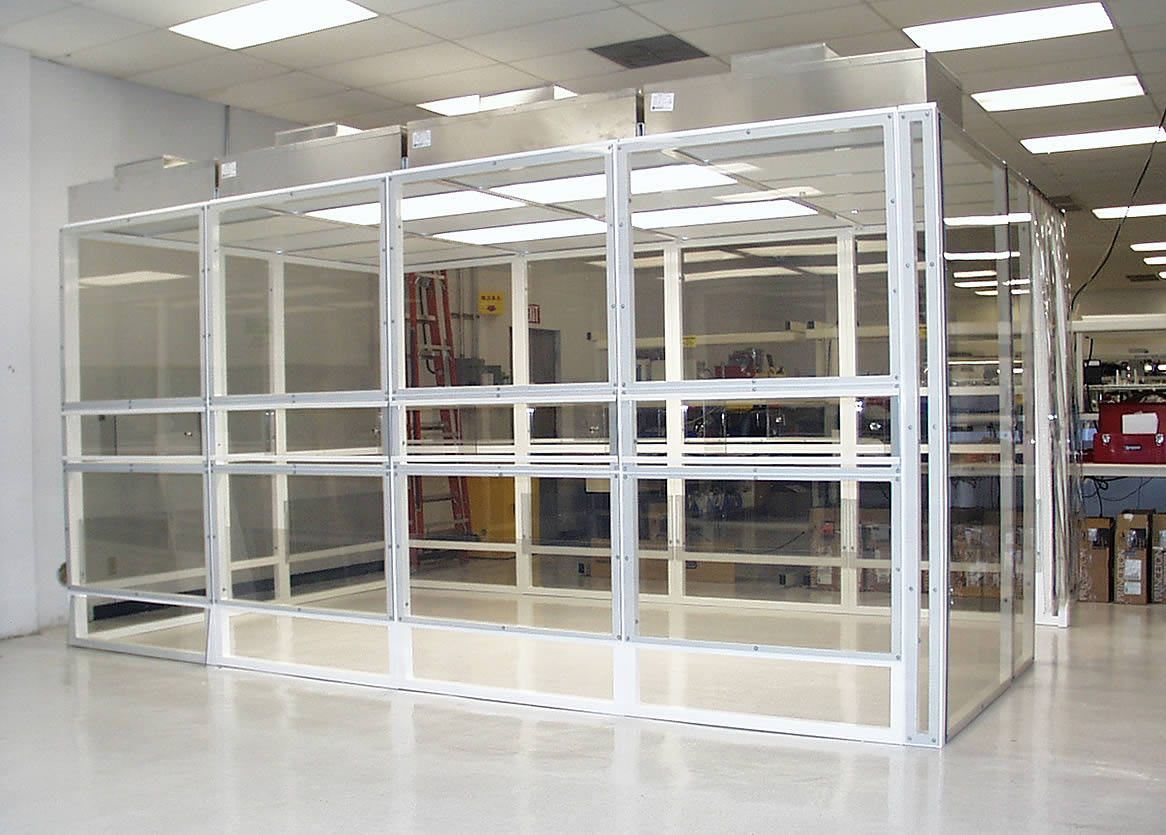
Cleanrooms play a pivotal role in numerous industries, including pharmaceuticals, biotech, and electronics. These specialized environments are designed to maintain extremely low levels of particulates, such as dust, airborne microbes, aerosol particles, and chemical vapors. However, ensuring the desired level of cleanliness is a continuous challenge. This blog post will guide you on how to effectively reduce contamination in cleanrooms with various techniques and tips.
Understanding Cleanroom Contamination
Cleanroom contamination primarily comes from three sources: people, processes, and the facility. People, especially through shedding skin, hair, and clothing fibers, contribute to most contamination. Process-related contamination may result from equipment, materials, or product particles. Facility contamination can arise from shedding construction materials, air handling systems, or design flaws.
Reducing Contamination: Techniques and Tips
- Proper Training: The first step in minimizing cleanrooom contamination is proper employee training. Employees should be educated about contamination risks, proper cleanroom behavior, gowning procedures, and contamination control procedures.
- Appropriate Cleanroom Attire: Wearing the right cleanroom garments is crucial. All personnel should wear cleanroom suits, gloves, hairnets, and shoe covers. The attire should cover as much skin as possible to reduce particle shedding.
- Stringent Gowning Procedures: Establishing and enforcing strict gowning procedures can significantly reduce contamination. This includes gowning in designated areas, frequently changing gloves, and regularly inspecting and cleaning suits.
- Regular Cleaning and Maintenance: Regular cleaning and maintenance are vital to maintaining a clean environment. This includes regular wiping of surfaces with cleanroom-approved disinfectants, frequent HEPA filter replacements, and the maintenance of cleanroom equipment and devices.
- Material and Equipment Control: Ensure that all materials and equipment entering the cleanroom meet necessary cleanliness criteria. Use cleanroom-compatible materials and frequently inspect equipment for particle generation.
- Proper Cleanroom Design: The design of your cleanroom can significantly impact its contamination levels. Elements such as smooth and impervious surfaces, HEPA filtered air systems, and appropriate airflow patterns can minimize contamination.
- Monitoring and Testing: Regularly monitoring particle counts and carrying out microbiological testing can help identify and rectify issues quickly. Implementing a continuous monitoring system can further enhance contamination control.
The Role of Cleanroom Manufacturers
Choosing a reputable cleanroom manufacturer is vital to maintaining low contamination levels. A well-designed and constructed cleanroom can provide the infrastructure necessary to support your cleanroom contamination control efforts.
Reducing cleanroom contamination in cleanrooms requires a comprehensive and well-planned approach. It involves proper training, strict gowning procedures, regular cleaning and maintenance, meticulous material and equipment control, sound cleanroom design, and continuous monitoring.
By implementing these techniques and tips, you can significantly reduce contamination in your cleanroom, ensuring product integrity, regulatory compliance, and overall operational efficiency. As a leading cleanroom manufacturer, we are committed to helping you achieve the highest standards of cleanliness and contamination control. Our cleanrooms are designed with contamination control in mind, and we can provide expert advice to help you reduce contamination. Contact us today to find out how our cleanrooms can support your contamination control efforts.
